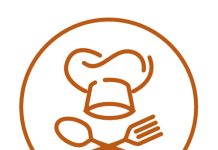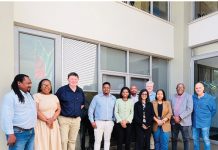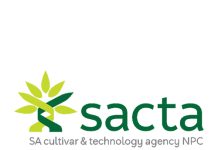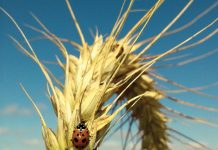On his first visit to the South African National Collection of Insects (SANC), Dr Geoffrey Easton Morse looked in amazement at the quantity and quality of the specimens in the beetle collection. Dr Morse is a world specialist on the phylogeny and taxonomy of seed beetles (Chrysomelidae: Bruchinae), working in the Department of Biology at the University of San Diego, California, USA.
During his visit in January this year, Beth Grobbelaar of the ARC Plant Protection Research Institute acted as his host. She assisted him with access to the beetle collection, holotypes, and providing any other support required.
The SANC has one of the most important, and unique, collections of this beetle subfamily in southern Africa. This is largely due to the work of S.J. van Tonder, who in 1981 obtained her MSc working on the systematics of some South African Acacia-inhabiting Bruchinae. However, many valuable contributions have been made over the years. The collection is rich in material reared from specific host plants and has records of species introduced and employed as biological control agents.

Currently, the SANC collection houses three primary and a number of secondary types. A collection of over 1 700 specimens was recently returned to the collection by Sharon Reid, the invertebrate collections curator at the Food and Environment Research Agency (FERA), an agency within the Department for Environment, Food and Rural Affairs of the United Kingdom. It dates back to the 1970s, and found its way from the Slough Laboratory of the Ministry of Agriculture, Fisheries & Food (MAFF) to the FERA collection. Legendary entomologist S.H. Skaife and well-known coleopterist B.J. Southgate worked on this material at that time, and it has not been studied since then. These specimens were of particular interest to Dr Morse.
The value of seed beetles
Although seed beetles are well-known as major pests of stored crops and products, their value as effective biological control agents against a variety of alien invasive plants the world over, cannot be overemphasised. Larvae develop in the seed-bearing organs of a variety of host plants, mainly legumes, with only one or two exceptions. Being able to identify them is therefore of great value.
Dr Morse is currently working on a project, funded by the United States Department of Agriculture, to create online interactive tools for the identification of these beetles. One of his main objectives was to take high-resolution images of the holotypes in the SANC. These are to be added to the nearly 1 400 primary types, from 14 museums, that he has already imaged. He also screened material in the collection, and selected representative specimens of particular genera and species, to be photographed. Images were compiled using a sophisticated system coupled to his laptop (Photo 2). Some of these images, the three most important specimens being SANC holotypes, appear above (Photo 3 to Photo 5). These provide a demonstration of the quality of his work. The week was also seen as an investigative visit, and the collaborative description of an unnamed seed beetle which attacks the seed of honey bush tea, is already on the cards.
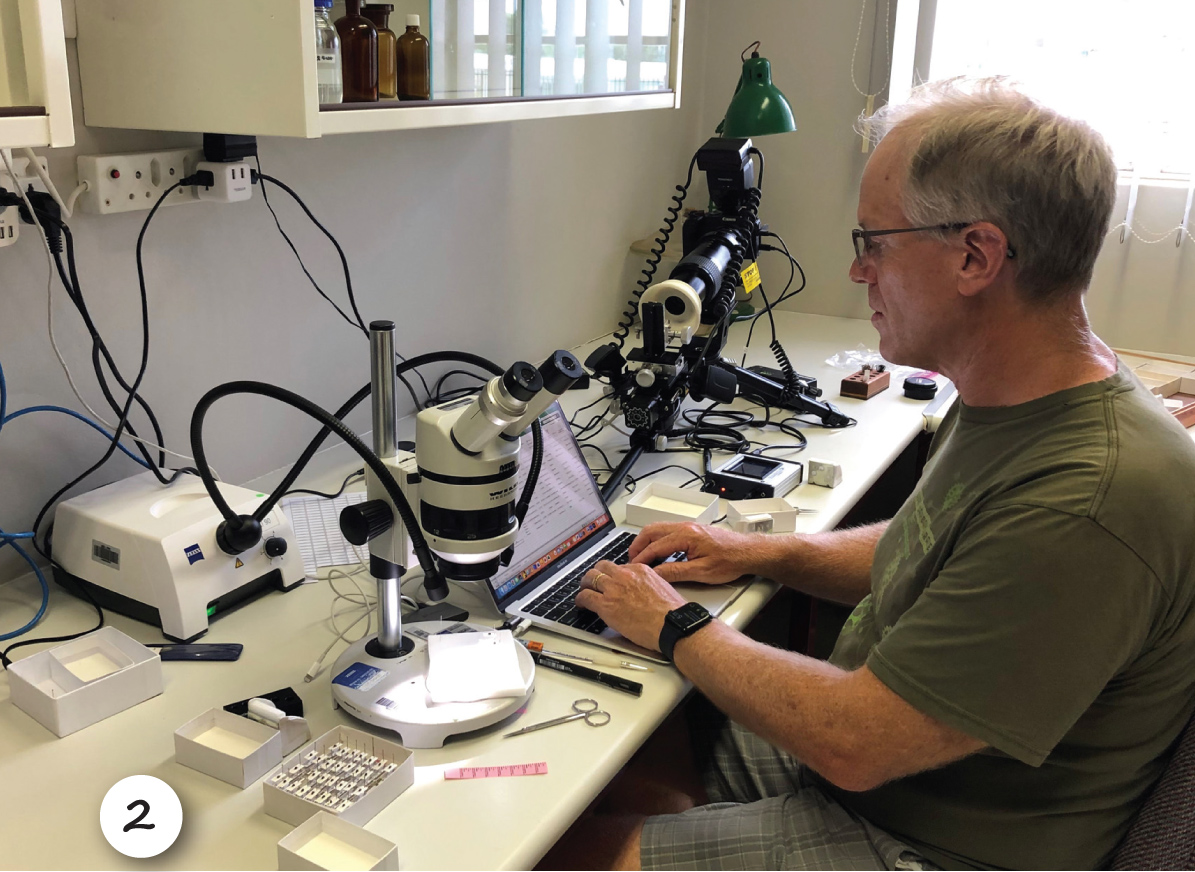
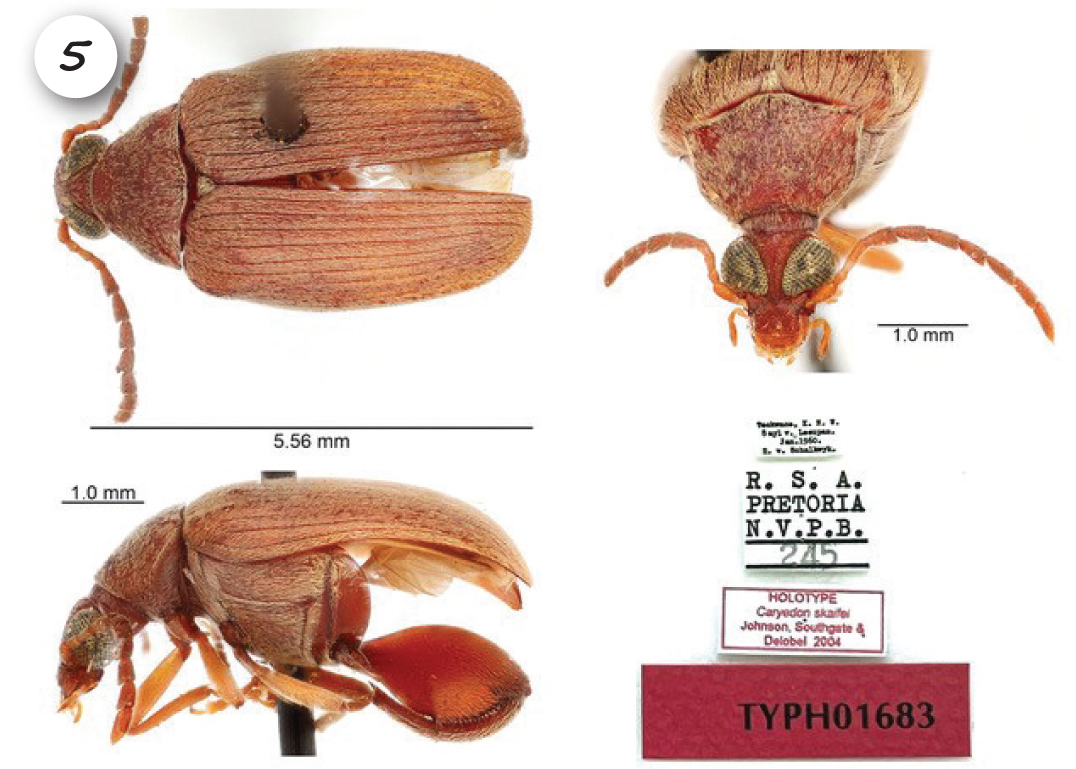
(Photos: Dr Geoffrey Morse)
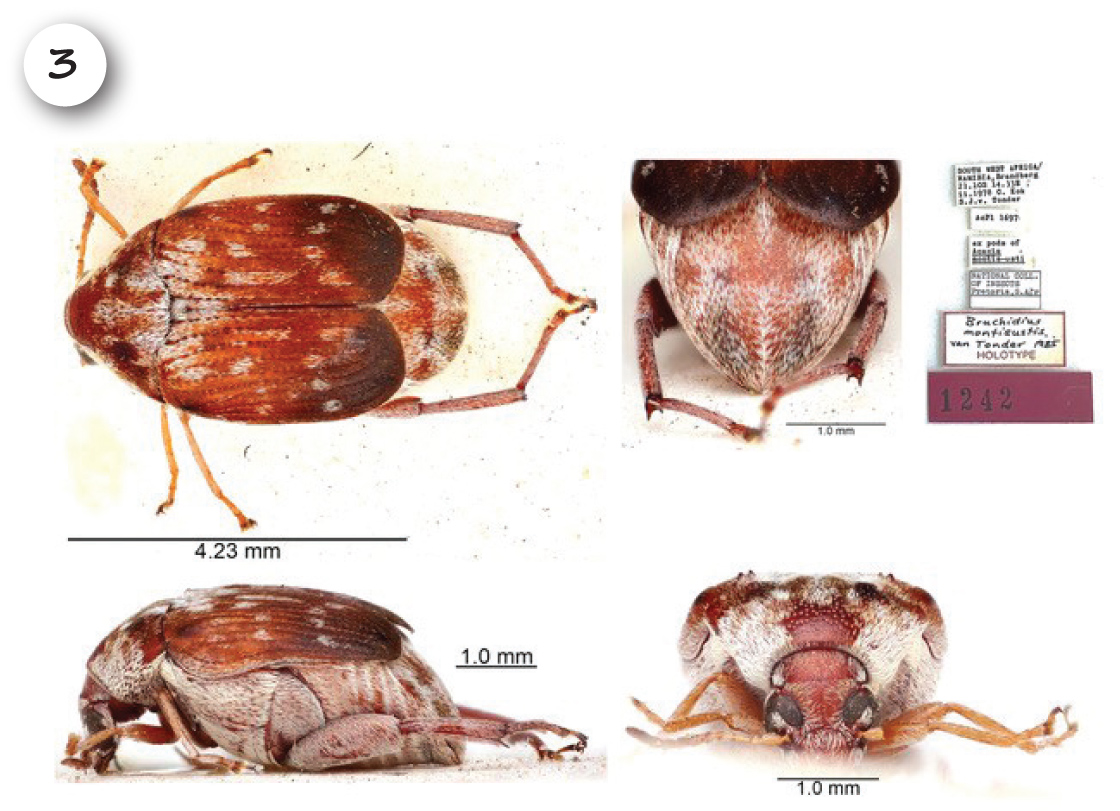
(Photos: Dr Geoffrey Morse)
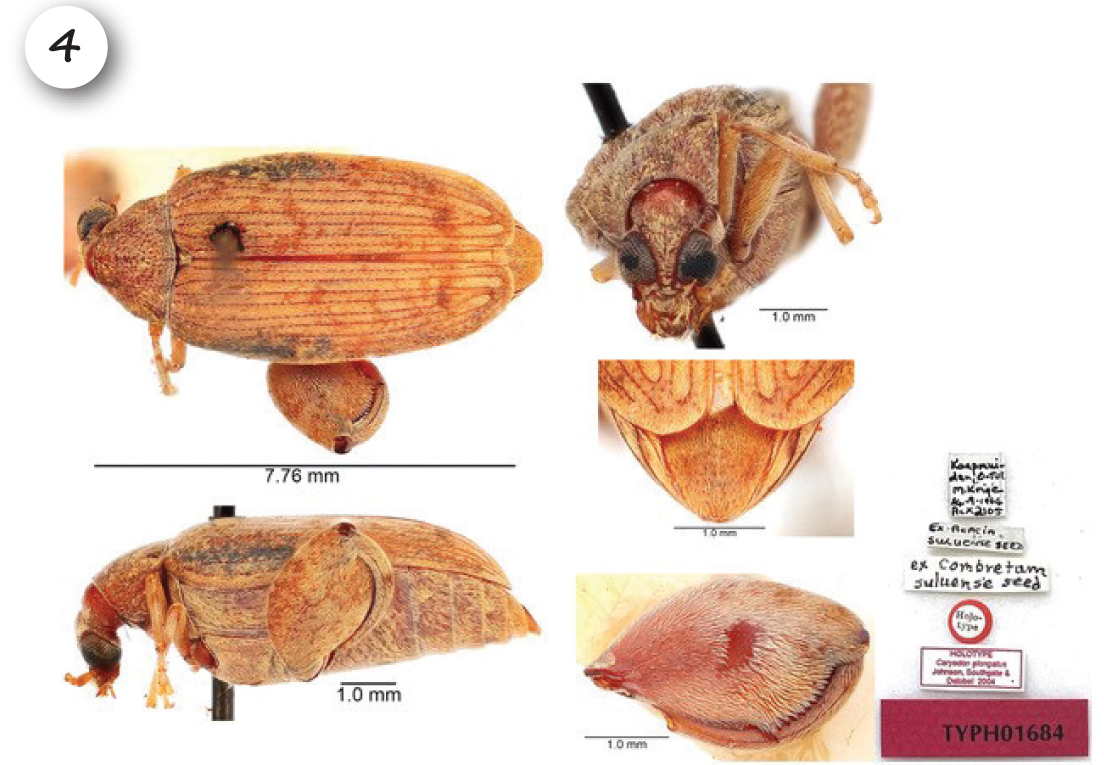
(Photos: Dr Geoffrey Morse)



